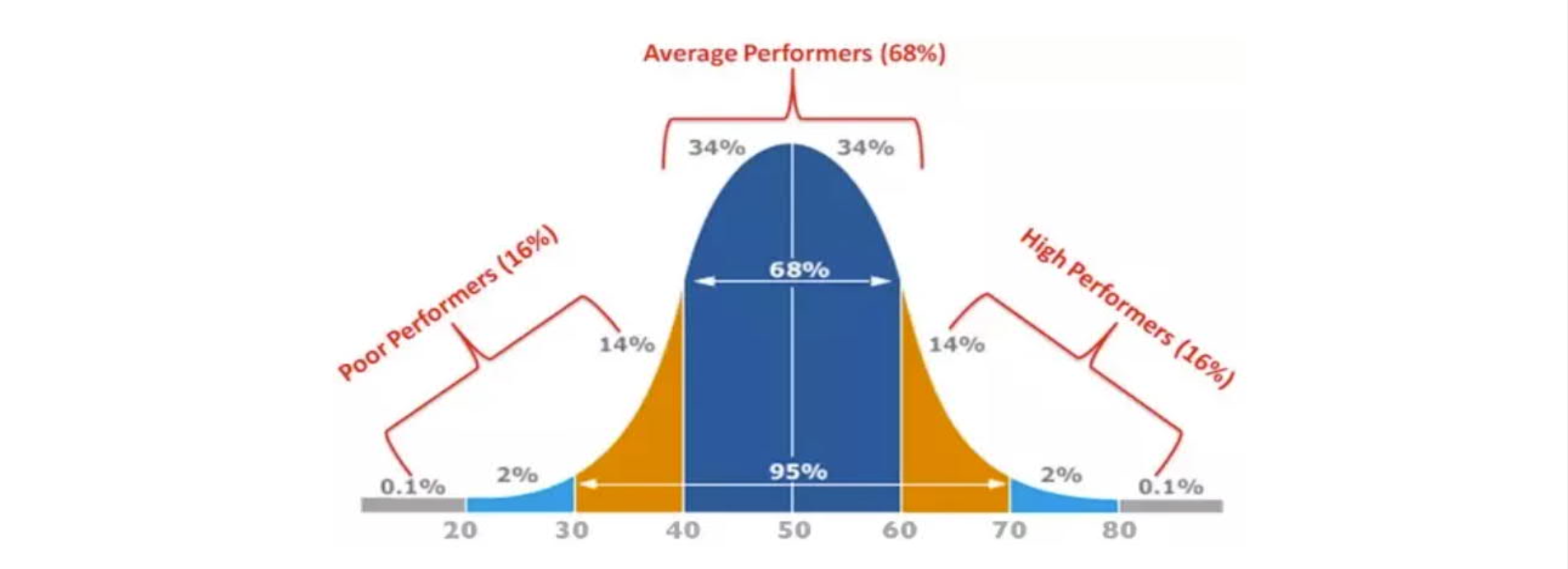3 minutes
ECOM7122 Competitive Advantage and Profitability Analysis

Competitive Advantage Defined
Strategy toolbox
- firm-level analysis
- target segments
- market size
- mission statement, etc.
- industry-level analysis
- competitive adavantage analysis
- value chain analysis
- tips
- competitive advantage analysis requires “zooming out” to industry-level analysis, looking at the forest as well as the trees
Industry & market
- industry
- many companies
- companies that make similar products or services
- market
- many buyers
- buyers of an industry’s products and services
Industry average profitability or “grades”
- take the student performance as an example
- competitive advantage and industry performance is measured just like grades in a classroom with low, high, and average performers

- competitive advantage and industry performance is measured just like grades in a classroom with low, high, and average performers
- some basics

- add up the total profit of companies in industry
- profit of company = 1 + 2 + 3 + 4 + 5 = $15
- divide the total profit by number of companies in industry
- total profit = $15 / 5 = $3
- for profit margin, calculate the total profit as a percentage of total industry revenue
- total profit / total revenue of company 1 + 2 + 3 + 4 + 5
- add up the total profit of companies in industry
Porter’s competitive advantage
- means
- company with above average industry profitability -> the company would have a competitive advantage

- company with above average industry profitability -> the company would have a competitive advantage
Competitive Strategy and Value Chain Analysis
Value chain analysis
- usage
- analyze and develop a unique combination of activities in the value chain to implement a differentiation or low-cost strategy

- analyze and develop a unique combination of activities in the value chain to implement a differentiation or low-cost strategy
- contains
- show the key activities that add value to a product in this industry by filling out the industry value chain template
- include the typical activities that are performed in the value chain by many of the industry’s competitors since these highlight the dominant way companies have competed in the industry
- find the price drivers, those activities that have a big impact on differentiation and the willingness of customers to pay a premium price
- find the cost drivers, those activities that have a big impact on costs
- develop a unique combination of activities and value proposition to achieve competitive advantage through differentiation or by lowering your cost basis
- example - Dragon Bicycles
- find key factors

- step 1: road bike industry value chain
- step 2: compare to well-known industry competitor and brandname

- step 3: what are price drivers (green)
- step 4: what are cost drivers (yellow)

- step 5: develop a unique combination of activities and value props

- result

- analysis
- Dragon Bicycles - value capture & no share profit margin

- Trek Bicycles - value capture & split profir margin in industry value chain with retailers

- Dragon Bicycles - value capture & no share profit margin
- find key factors
Competitive positioning
- high differentiation and relative low cost position

- using AI
- can help in personalization & increasing customer data stream and experience, i.e. customized fitting
Additional Reading
ecom7122 entrepreneurship development and fintech ventures in asia entrepreneurship fintech competitive advantage profitability analysis
467 Words
2021-03-22 10:36